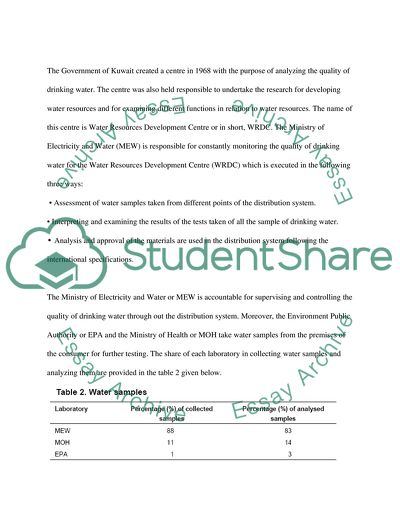Cite this document
(Natural Freshwater Resources: Considered Safe for Drinking, Washing, Research Paper, n.d.)
Natural Freshwater Resources: Considered Safe for Drinking, Washing, Research Paper. Retrieved from https://studentshare.org/environmental-studies/1745038-the-comparing-norfolk-va-water-quality-standards-to-kuwait-standards
Natural Freshwater Resources: Considered Safe for Drinking, Washing, Research Paper. Retrieved from https://studentshare.org/environmental-studies/1745038-the-comparing-norfolk-va-water-quality-standards-to-kuwait-standards
(Natural Freshwater Resources: Considered Safe for Drinking, Washing, Research Paper)
Natural Freshwater Resources: Considered Safe for Drinking, Washing, Research Paper. https://studentshare.org/environmental-studies/1745038-the-comparing-norfolk-va-water-quality-standards-to-kuwait-standards.
Natural Freshwater Resources: Considered Safe for Drinking, Washing, Research Paper. https://studentshare.org/environmental-studies/1745038-the-comparing-norfolk-va-water-quality-standards-to-kuwait-standards.
“Natural Freshwater Resources: Considered Safe for Drinking, Washing, Research Paper”, n.d. https://studentshare.org/environmental-studies/1745038-the-comparing-norfolk-va-water-quality-standards-to-kuwait-standards.


